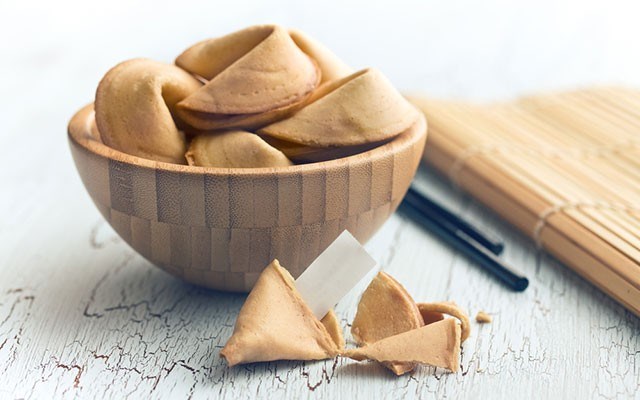On a three-day trek through the rolling hills of Central Myanmar, atop one post-lunch climb, our guide pointed to two smokestacks about five kilometres apart in an adjacent valley and said: "One factory is for crushing limestone, the other is where they make cement. They are far apart because five years ago there was a large limestone mountain in between them."
"What happened?" I'd wondered. "China bought it," he answered, matter-of-factly.
And indeed no more needed be said, as this was clearly the way of most of Myanmar's resources — and those of many other countries: the mountain had simply disappeared.
We'd see the same thing again and again throughout Southeast Asia. Things once tangible — forests, wildlife, waterways, mountains for God's sake — erased from the landscape to linger only in memory. Some usurped directly, others indirectly through intermediaries; all intentional, not all legal. Seeing it firsthand was sad, the bigger picture sadder still: as the West had before it, China's voracious appetite for everything was affecting not only its neighbours, but the world at large, the effects manifest, destructive and ubiquitous.
This isn't news. China has been on our minds, dangling from a thousand price tags, and dominating the media for a while. Newspapers brim with worry over its widening wage gap, trade deficit, corruption, unregulated manufacturing, brand knock-offs, intellectual piracy, and environmental woes. Here at home, China figures in the oil sands, in B.C.'s coal-mining and continued clear-cutting of old growth forest, in Vancouver's real estate market, and in former Prime Minister Stephen Harper's dangerous FIPA deal that would allow Chinese corporations to sue any of us who get in the way of their drive for profit. Like the infamous viral Donald Trump video we're left with only one thought: China, China, China (insert 231 more times).
In 2009, 30 years after China began transitioning from a planned to a market-oriented economy, all talk was of the Chinese Miracle: the poor, inward-looking country with a per capita annual income of US$182 and a net trade dependence (trade to GDP) ratio of 11.2 per cent had averaged a staggering 9.9 per cent annual GDP growth over the period, creating a middle-income country with per capita income of US$3,688 and lifting 600 million from poverty. Its trade dependence ratio reached 65 per cent, highest among the G20, replacing Japan as the world's second largest economy and Germany as the world's largest exporter of merchandise. China's car market is now the world's largest; Shanghai is the world's busiest seaport. This spectacular growth far exceeded anyone's expectations, even reform architect Deng Xiaoping, whose goal of quadrupling the economy in two decades — requiring average annual growth of 7.2 per cent — was deemed impossible by most 1980s economists.
Miraculous and beneficial to the populace as this was, however, there's a yang to the yin, and it took a while for the real price tags to surface and bills to start piling up.
Investors naturally flocked to China, further encouraging its ballooning economy until external investment circled the globe in a dangerous web of guanxi (look that up) that left us all both entangled and vulnerable. Although China's 2015 stock market meltdown wasn't the end of the miracle (that already happened), the 30 per cent plunge that wiped out $3 trillion in wealth was more evidence that China's high-flying days were over and that we'd all eventually pay the piper for collusion in this global consumptive monstrosity. (Some perspective: Fuelled by new investors who borrowed $322 billion to jump into it, the market shot up 140 per cent July 2014 to July 2015, so the drop was a large-though-not unexpected correction; with only 15 per cent of Chinese household assets in the market, it was largely investors and not families who were destroyed.)
Other, higher costs are of the type seen in Myanmar: wholesale removal of resources both non-renewable and renewable (though rarely replaced), and, in a story as old as the Industrial Revolution, staggering pollution. One study found air quality in China between 1981 and 2000 was five times worse than it was in the U.S. when that country passed its Clean Air Act in 1970; in an area north of the Huai River where free coal had been given to households, particulate pollution was 55-per-cent higher, and residents' average 5.5-year shorter life expectancy almost entirely attributable to cardio-respiratory illnesses. By 2010 this reached crisis proportions: you couldn't breathe the air in any Chinese city without repercussions, and much of the food produced contains dangerous levels of contaminants.
Ultimately, the real cost of the Chinese "miracle," it's feared, will be the widespread disappearance of something more valuable than a mountain: the health of everyone concerned.




